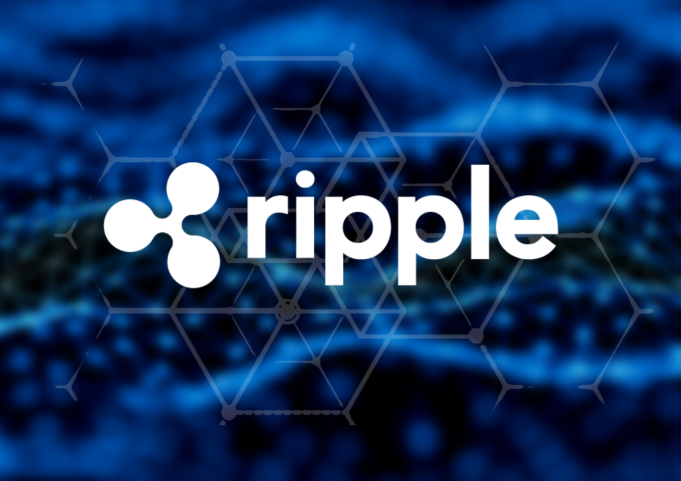Ripple – The Next Generation Payment Solution. The idea of a secure, transparent and cost-effective payment solution started with the creation of Bitcoin in 2009. In the same spirit, Ripple emerged as a privately held company in 2012 and developed the Ripple network, a global payment system for banks and other financial institutions.
At the core of Ripple’s payment system is the XRP Ledger (XRPL). Built on the work of Ryan Fugger, the XRPL is an open-source distributed ledger not based on a Proof of Work consensus algorithm like Bitcoin. Instead, it uses its own consensus mechanism – previously called the Ripple Protocol Consensus Algorithm (RPCA), which reaches agreement through a network of independently validating nodes.
RippleNet is the company’s payment network built on top of the XRPL. The network consists of three major products – xRapid, xCurrent, and xVia – each focusing on different aspects of payments solutions.
xRapid is an on-demand liquidity tool that uses XRP as a bridge currency. It leverages the XRP Ledger to provide faster processing times and lower fees when compared to traditional methods. For example, if Bob from Australia wants to send $100 to Alice in India, he can do so using a financial institution connected to the Ripple Network. The $100 will be seamlessly converted to XRP, which provides the necessary liquidity for the payment, and then the XRP will be converted to Indian Rupees and sent to Alice in India.
xCurrent is a solution designed to enable instant cross-border payments between RippleNet members. It is powered by the Interledger Protocol (ILP) for connecting different ledgers or payment networks. xCurrent consists of four main components: a Messenger for peer-to-peer communication, a Validator to cryptographically confirm the success of a transaction, an ILP Ledger to track credits and debits, and a FX Ticker to define exchange rates between transacting parties.
The last product offered by Ripple is xVia, an API-based standardized interface that helps institutions interact within a single framework. It enables banks to send payments through other banking partners connected to RippleNet, as well as attaching invoices or other information to their payments.
Ripple continues to pioneer the development of leading-edge technology for financial institutions and payment solutions, providing faster, safer and more cost-effective global payments. The combination of its XRPL and RippleNet products revolutionizes banking and payments, making it easier for banks and other institutions to interact with each other and send payments across borders.
Though investments into Ripple remain closely held by the company, the XRPL remains an open-source distributed ledger, allowing anyone to contribute to the code and ensuring its continuity even if the company ceases to exist. Ripple has the potential to revolutionize global payments, and we’re excited to see what’s in store for the future.













